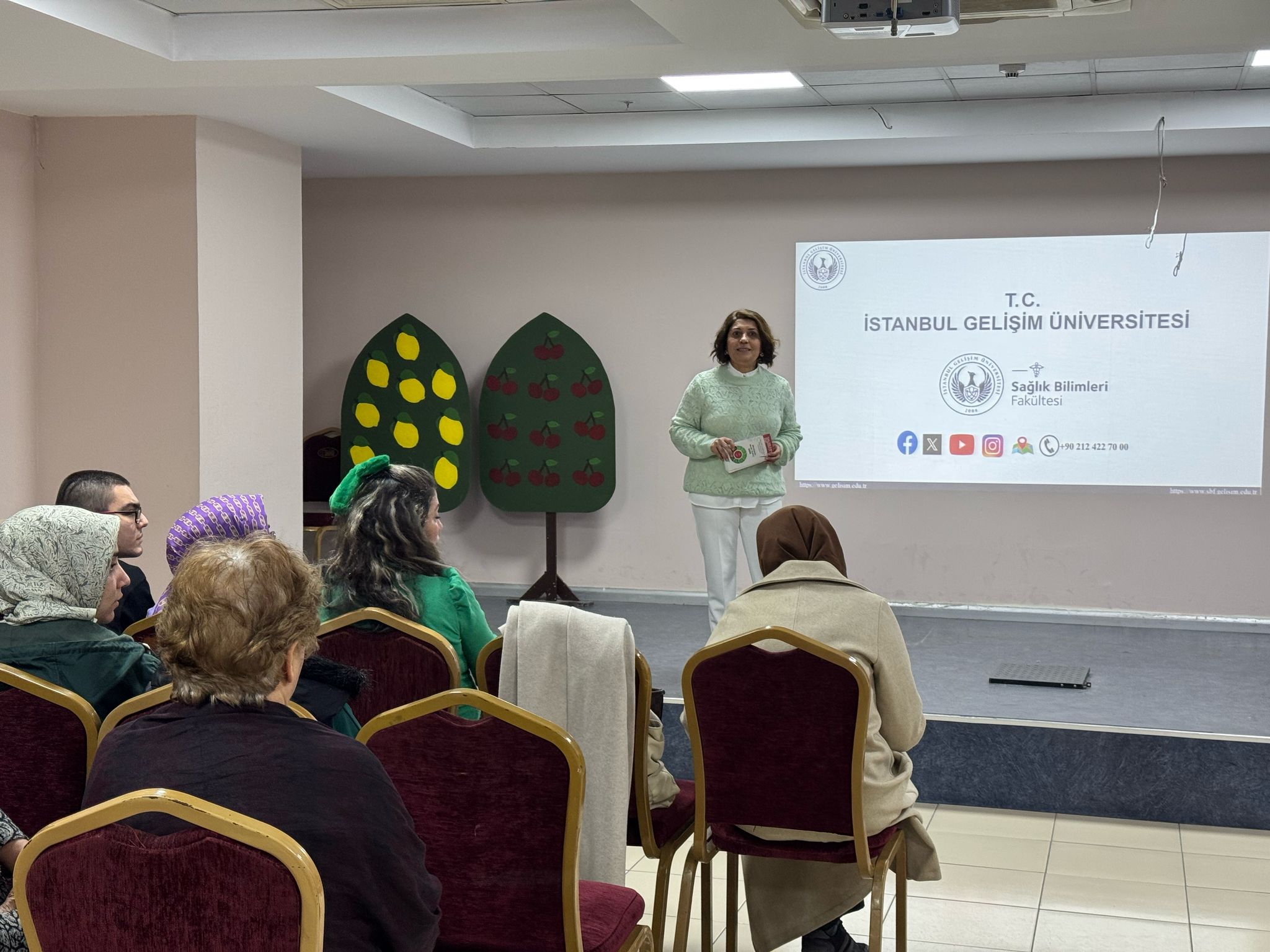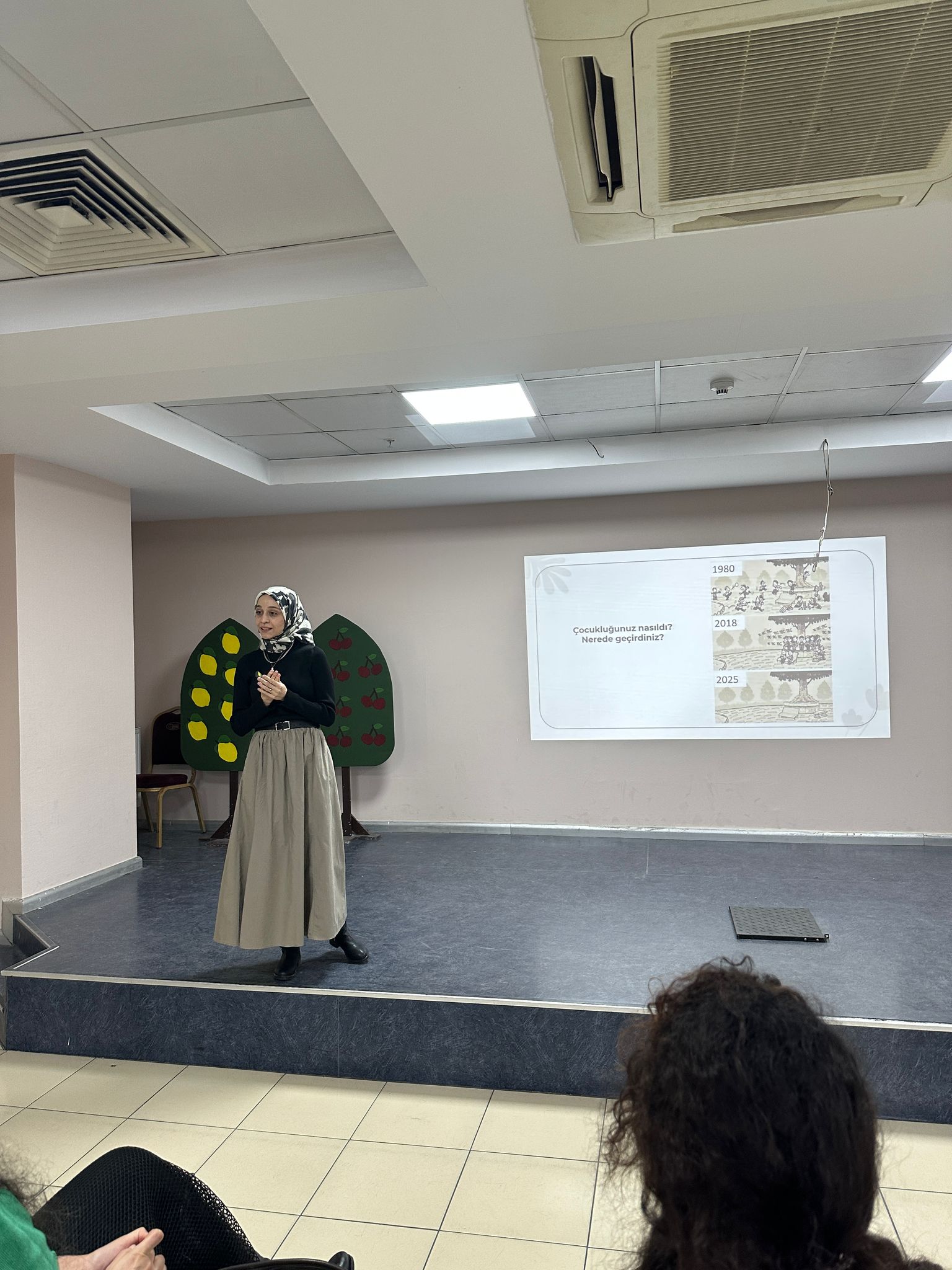
For your satisfaction and suggestions
İGÜMER
Asst. Prof. Nurten ELKİN began her speech by introducing herself and providing an overview of the activities, projects, and training programs carried out by the university’s Addiction Prevention Coordination both within and outside the institution. She emphasized the importance of staying away from addictions in developing a healthy lifestyle and adopting healthy behavior patterns. She elaborated on the fundamental aspects of a healthy lifestyle, including balanced nutrition, adequate physical activity, quality sleep, stress management, and personal hygiene. She then highlighted that addictions, which can have significant consequences for individuals, families, and society, should be recognized as a biopsychosocial health issue. She stressed that prevention and protective measures are more crucial than treatment and rehabilitation. At the end of her speech, she shared the Healthy Living brochures she had prepared with the participants and then handed the floor to Res. Asst. Kevser Tuğba ÇINAR KARASU.

Res. Asst. Kevser Tuğba ÇINAR KARASU introduced her presentation by asking participants to reflect on childhood before the era of advanced technology, prompting them with questions about the games they used to play. She then discussed the definition of addiction, differentiating between chemical substance addiction and behavioral addiction. An interactive discussion was conducted on key questions such as: Does technology addiction exist? Can it be diagnosed? What are the diagnostic criteria in DSM-5? What criteria are important for determining addiction?
ÇINAR KARASU emphasized the importance of understanding the brain when addressing addiction. She explained that hormones secreted by the brain significantly influence behavior and noted that the brain's pleasure, happiness, and reward system is regulated by dopamine secretion, which plays a crucial role in addiction. She then examined technology use during infancy, preschool, school-age, and adolescence, discussing its impacts on children's lives.
Following this, she explored the positive and negative aspects of technology and their potential effects on child development. To mitigate the negative effects of technology, she highlighted the importance of teaching media literacy, encouraging reading habits, establishing rules and supervision, creating alternative activities, and guiding children toward different fields such as arts and sports. She concluded her presentation by reinforcing the significance of these strategies in fostering healthy child development.
